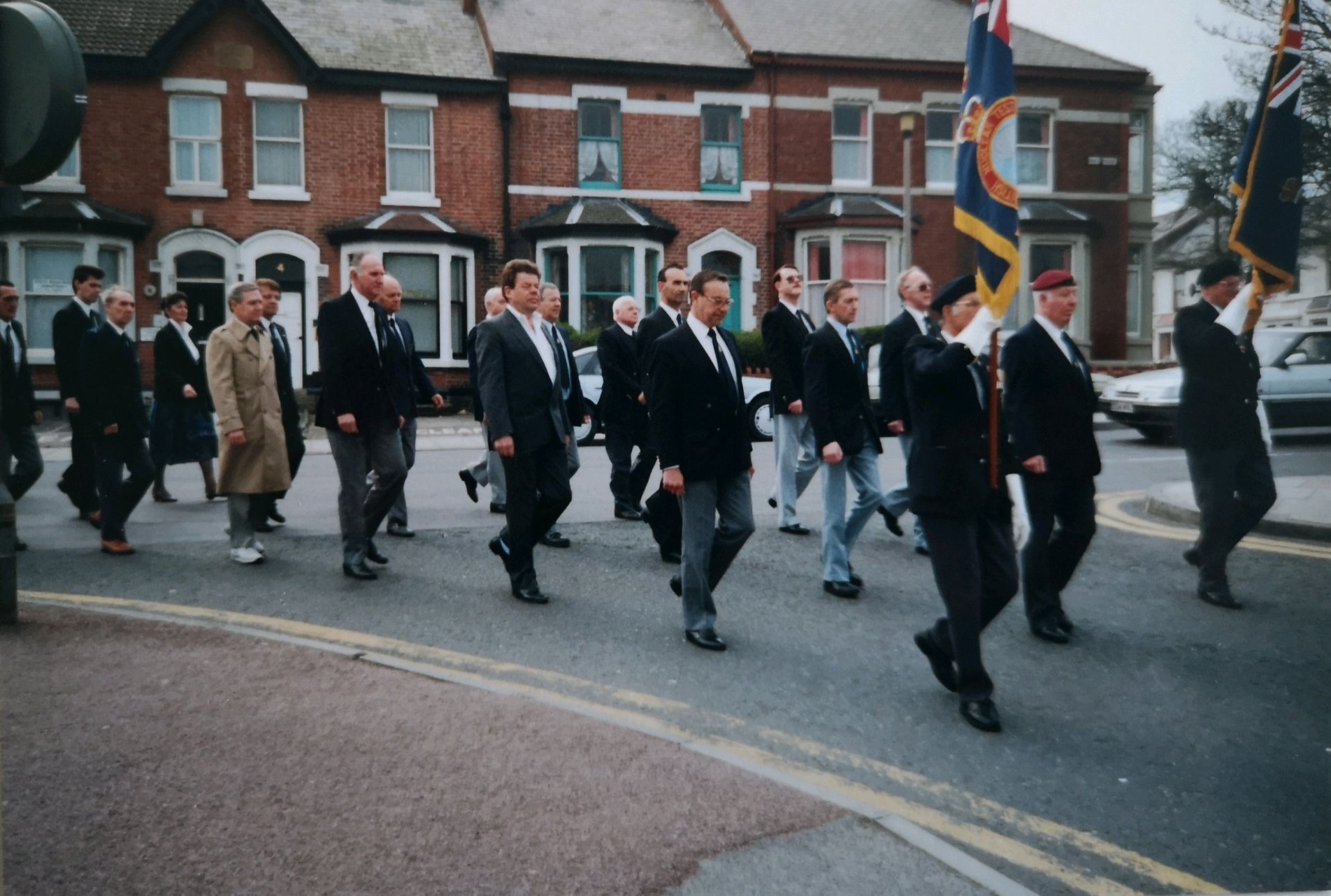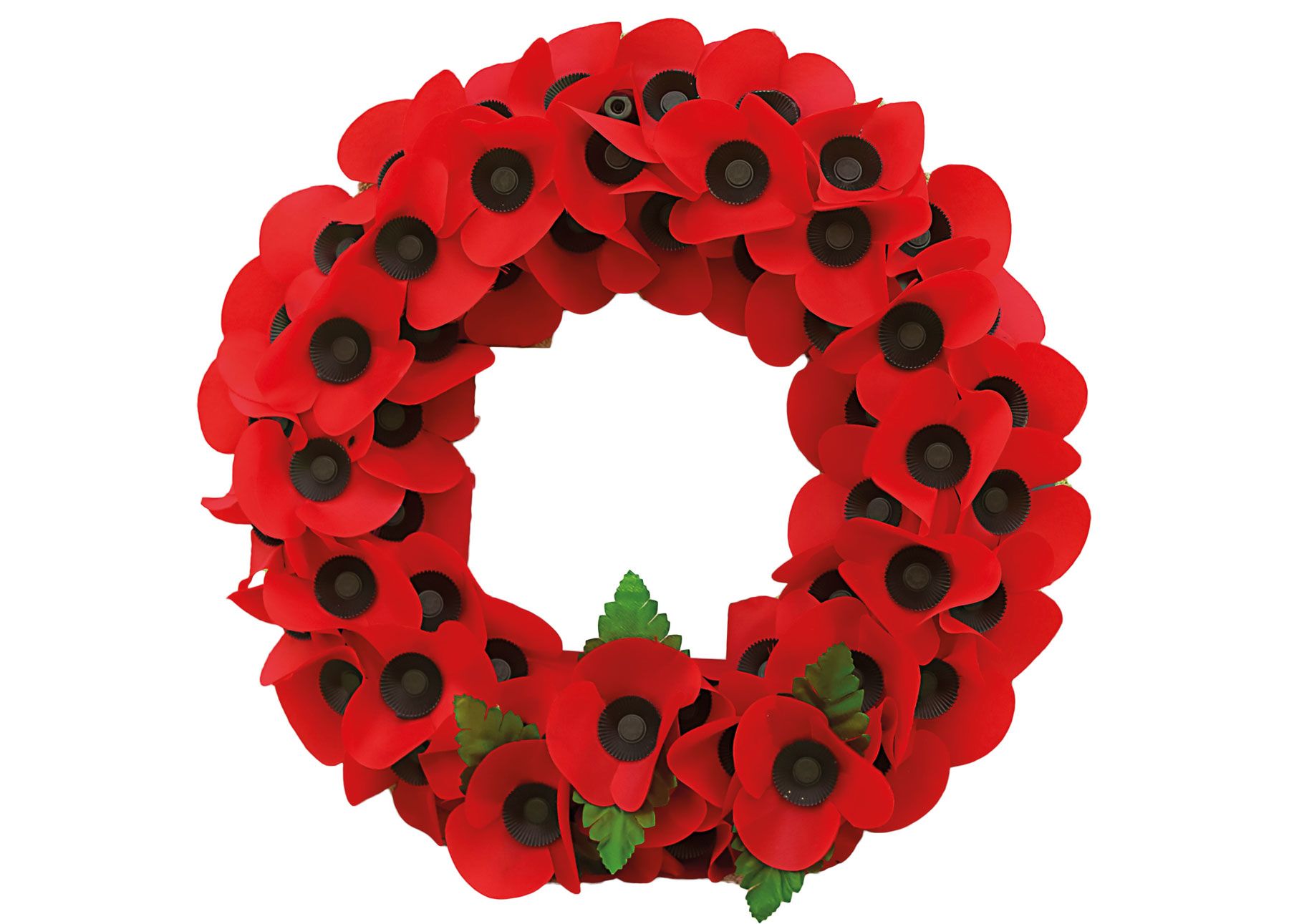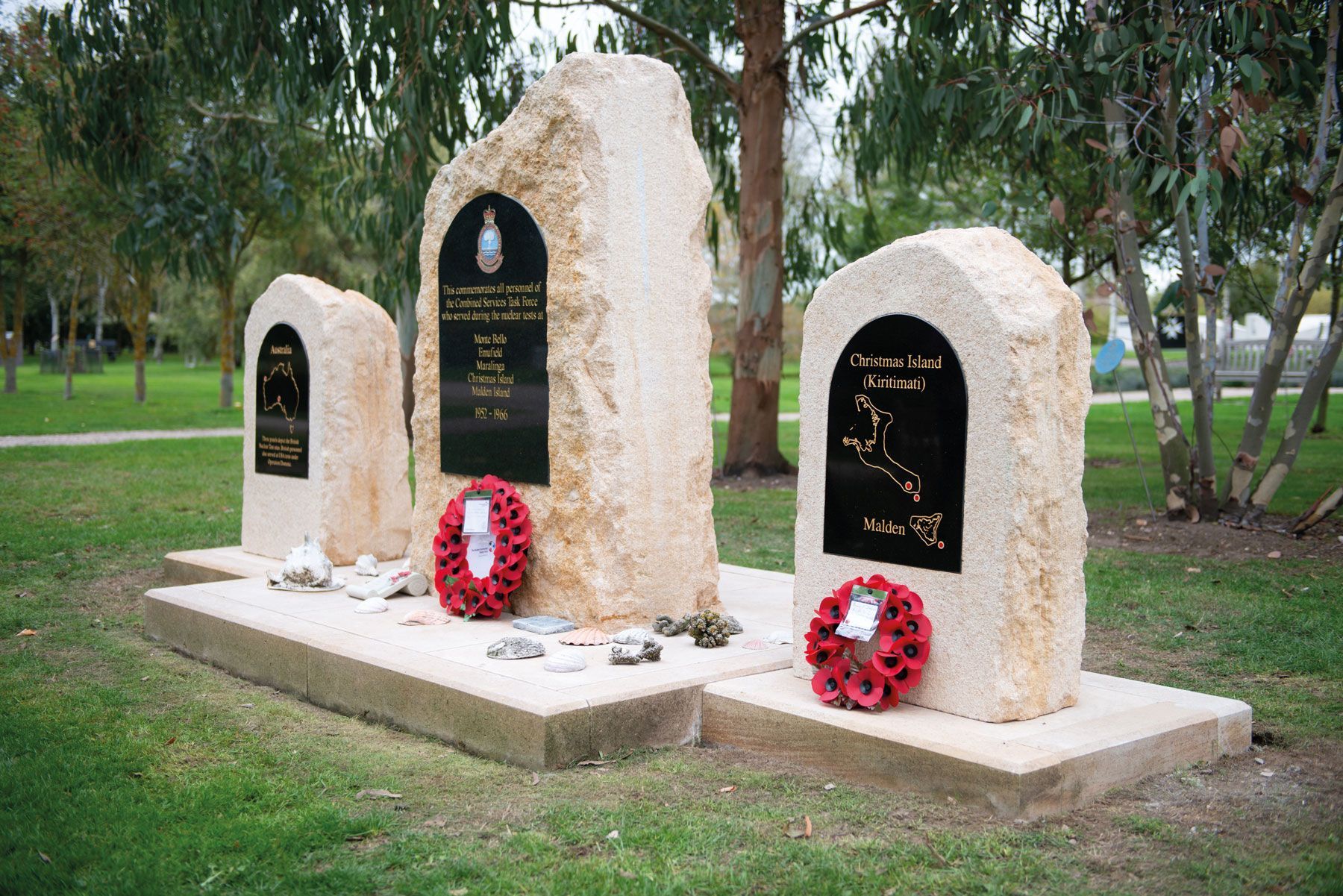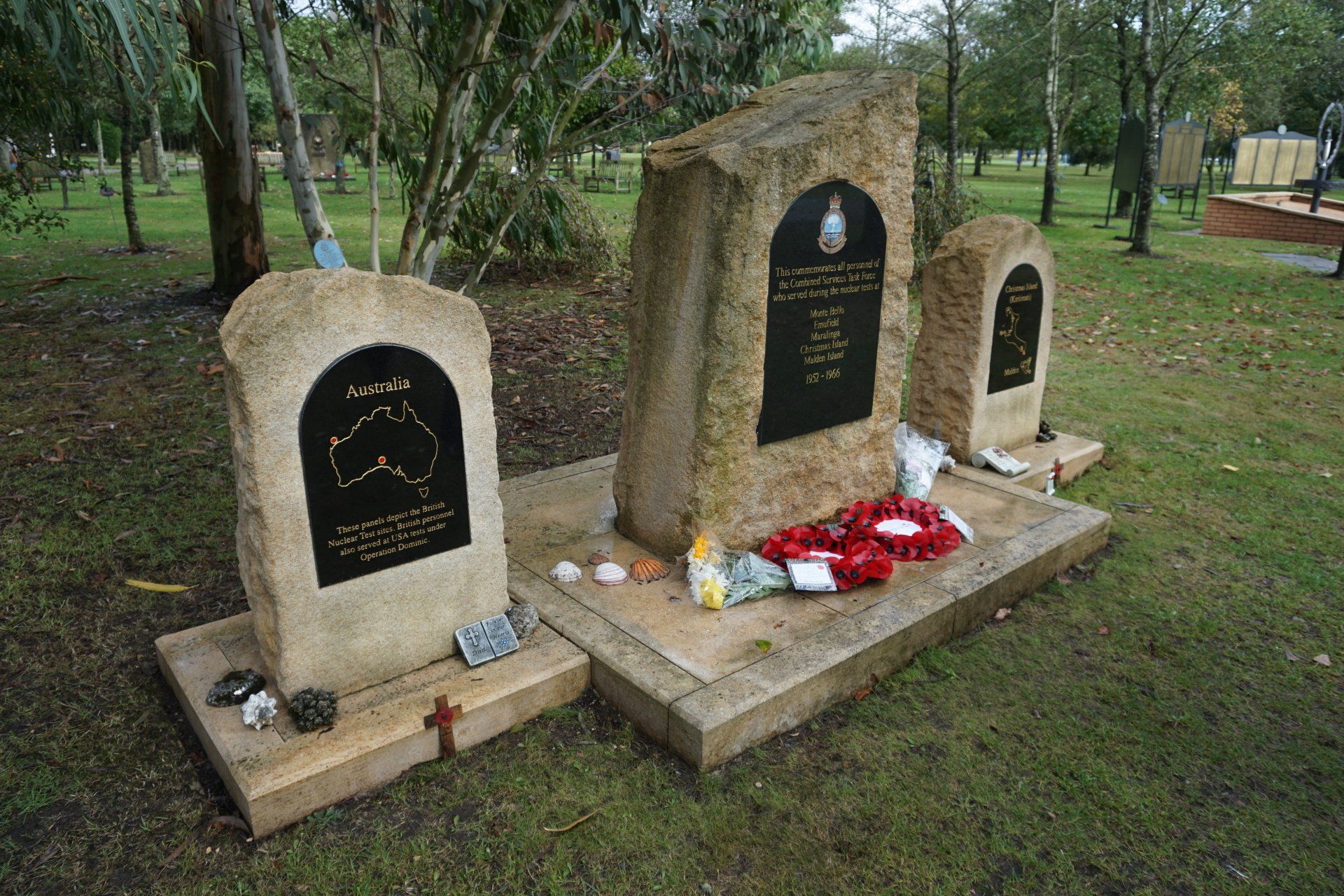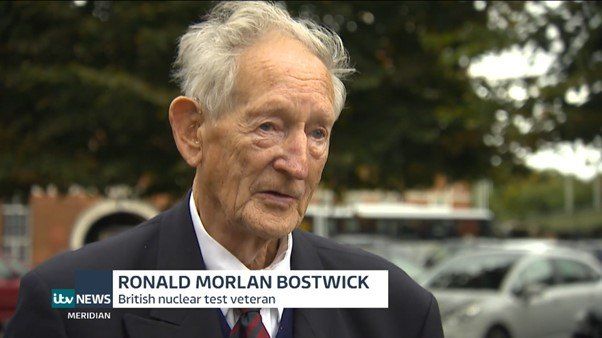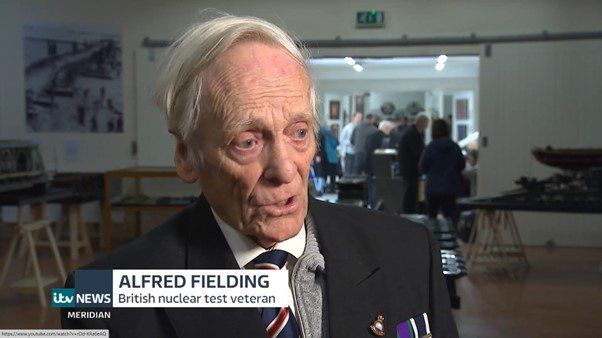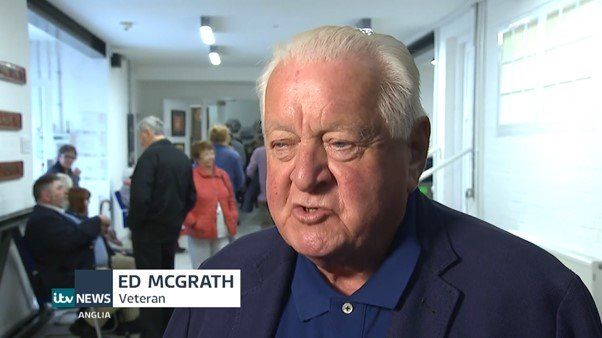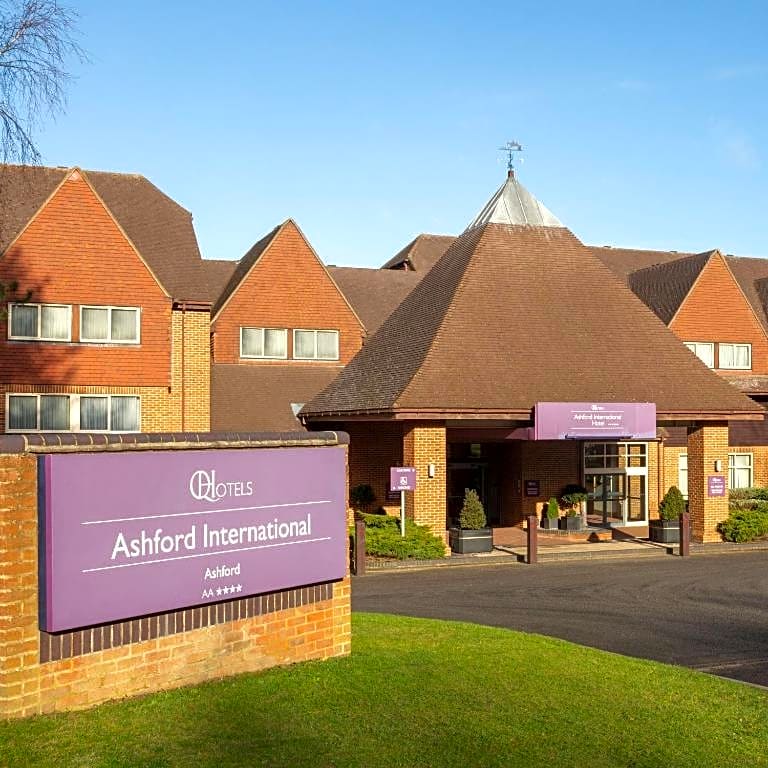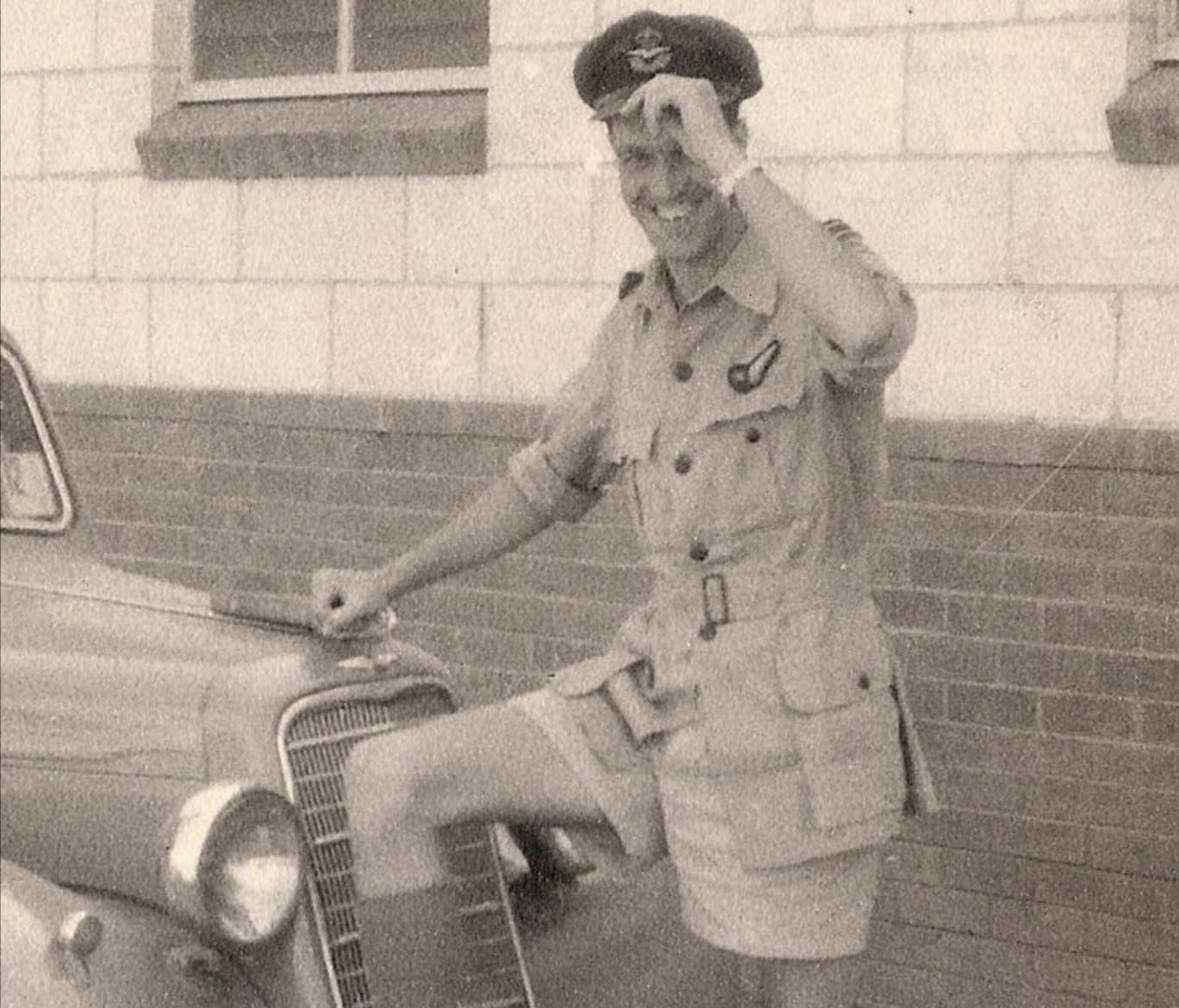
Commonwealth Day 2022 : Sierra Leone 1952
On the way to Operation Hurricane HMS Campaina and HMS Plym stopped off briefly in Freetown, Sierra Leone, here is the short article about it covered in the Plym Pudding magazine;
(following is a transcript from the magazine with additional photographs from the Operation Hurricane collection.)
Number 8 "White Man's Grave" Sunday 22nd June, 1952.
xxxxxxxxxxxxxxxxxxxxxxxxxxxxxxxxxxxxxxxxxxxxxxxxxxxxxxxxxxxxxxxxxxxxxxxxxxxxxxxx
FREETOWN
Freetown is the. capital of the. British West African Colony of Sierra-Leone. The Name Sierra Leone meaning 'Lion Range’, was given by the Spaniards to the range of mountains that runs parallel to the coastline Just south of Freetown. These mountains, nearly three. thousand foot high, are most unusual on the flat coast of West Africa and will provide our landfall in the morning.
Freetown was founded over 160 years ago as a. home for freed African slaves from England, later joined from those rescued from the slave ships when the Royal Navy was suppressing slavery last century, and the colony, which now has a population of over 2 million, spread gradually.
The climate is hot and unhealthy, but nothing like as bad as formally when it was known as 'The White Man's Grave'. The town, which has some sixty thousand people, is not very fine or impressive, but it ‘stands at the mouth of the wide Sierra Leone River which forms an important harbour and fuelling place especially in wartime, rainfall of about 170 inches and it is now the rainy season, but we hope to fuel, deal with the mail and sail on without a ducking.
Though this excerpt is almost as short as Campania's stay in Freetown it should be noted that unlike HMS Tracker which had gone through the Suez canal. Campania was escorting HMS Plym (which was transporting Britain's first atomic bomb in her hold) around Africa so it had to make stops along the way at commonwealth countries.
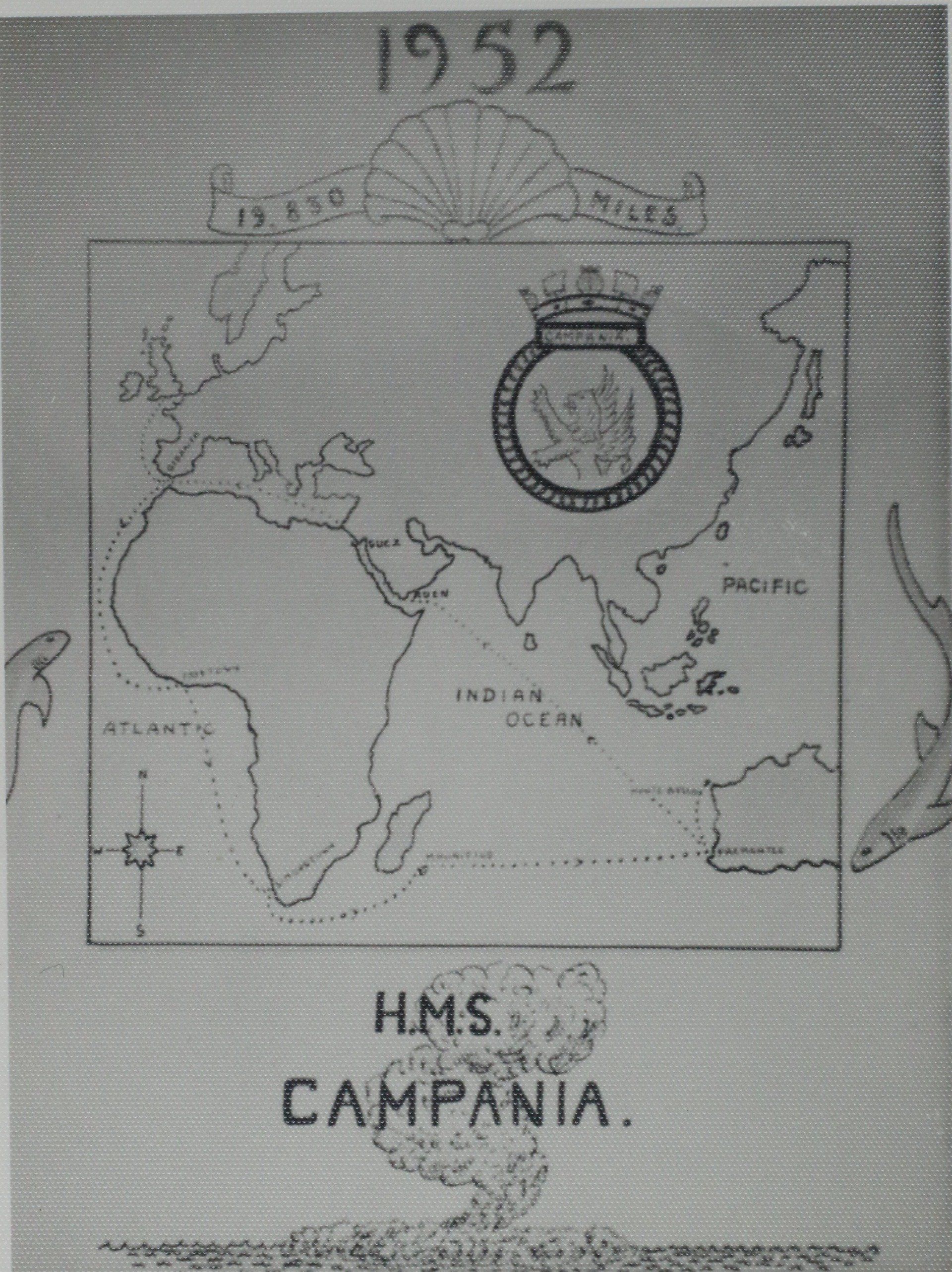
Sheerness to Gibraltar 1300 miles
Gibraltar to Freetown 2000 miles
Freetown to Simonstown 3200 miles
Simonstown to Port-Louis 2200 miles
Port-Louis to Freemantle 3200 miles
Freemantle to Monte Bello 1000 miles
total 12900 miles
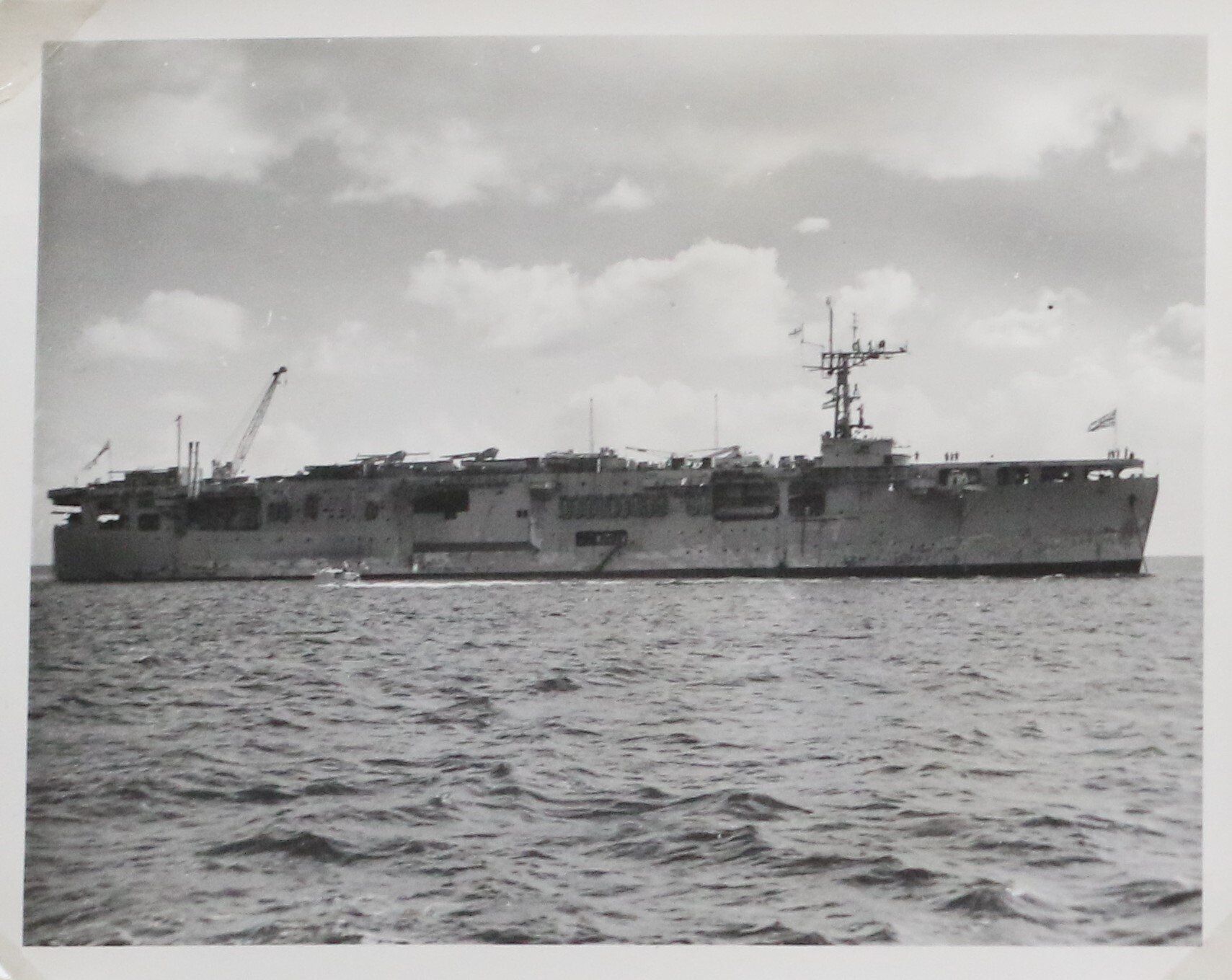
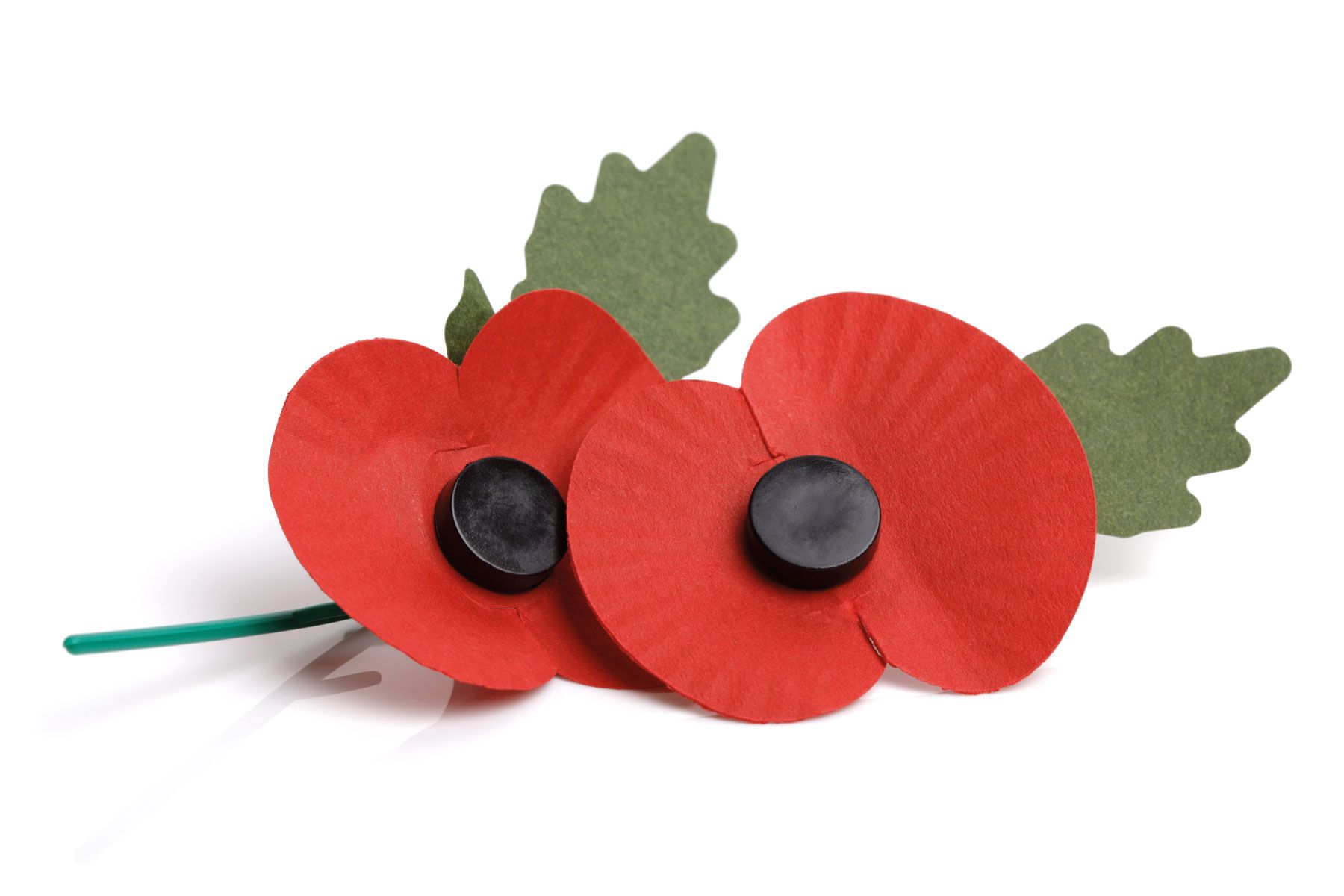
All Rights Reserved | BNTVA Museum CIC no. 15389981

